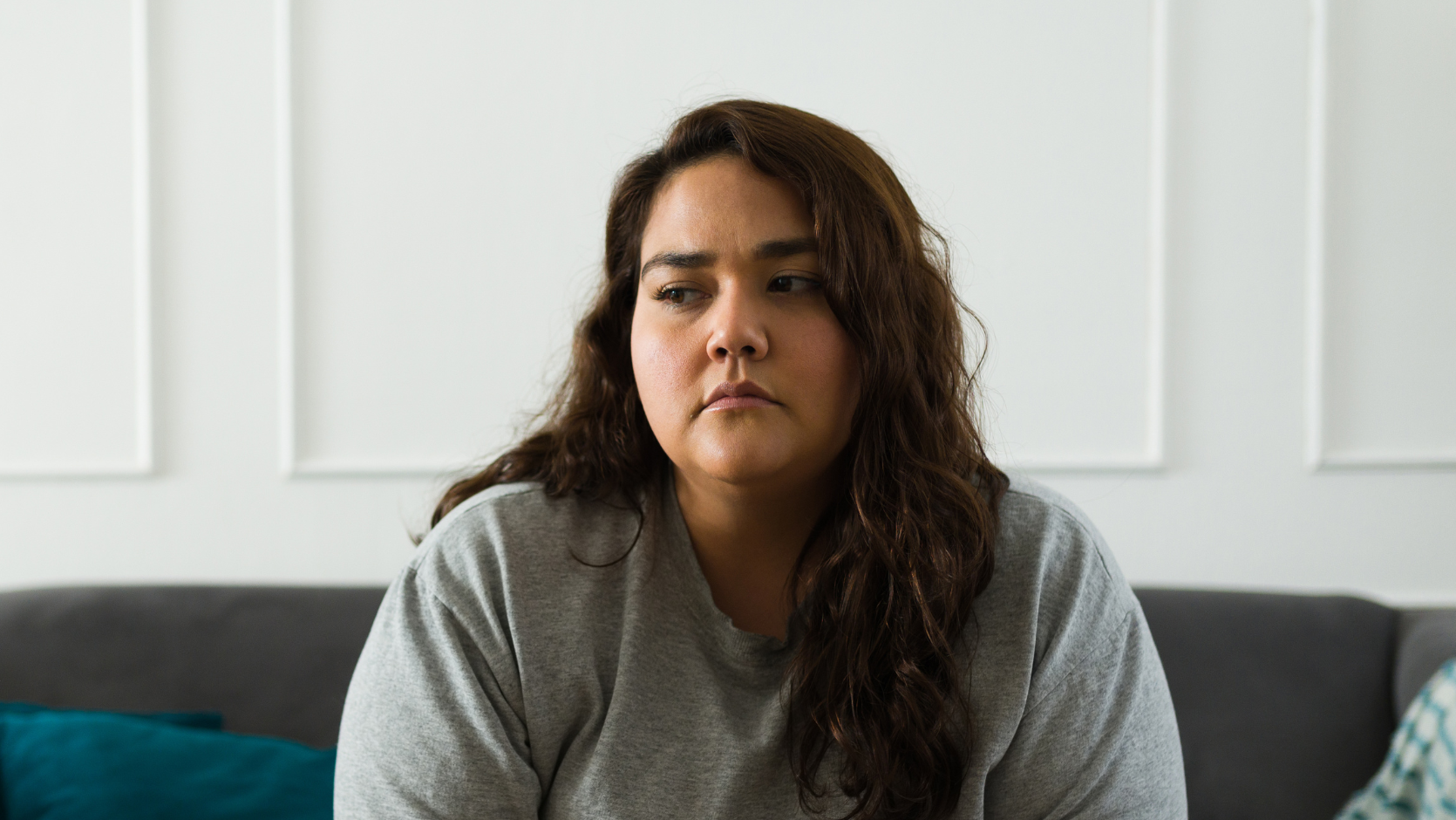The Facts
Husband brings valuable property to marriage
The husband and wife met in 1988 and were married in 1991. They had three children together who were all adults at the time of the first hearing.
When he was 12 years old, the husband had acquired a half interest in three blocks of land from his father, being Properties A, B and C. The husband and his father entered into a mortgage of $26,000 for this interest.
In 1988, the husband and the co-owner of the lots reached an agreement to divide the properties between them. This resulted in them each owning half of Property A, the husband owning all of Property B and the co-owner owning all of Property C.
In September 2001, the husband sold Property B for $215,000.
He used this money by contributing $105,000 to the family, and another $105,000 to acquire the co-owner’s interest in Property A.
Husband and wife split up and commence property settlement proceedings
The husband and wife’s marriage initially broke down in 2013. After several attempts at reconciliation, they separated in May 2015.
In the property settlement proceedings, the parties both conceded that their contributions during the marriage were equal.
The main issue of contention was Property A, which was rezoned in 2010 into an urban growth zone, permitting its use for residential purposes and significantly boosting its value.
By the date of the final hearing, Property A was sold for over $10 million, a significant leap from the $26,000 initial investment.
In May 2018, property orders were made in the Federal Circuit Court, awarding the wife 34% and the husband 66% of the net $9 million from the sale of Property A.
The wife lodged an appeal with the Family Court of Australia, seeking a larger share.














Expert commentary on the court's decision
Family Court rules in favour of wife
In the case of Jabour & Jabour [2019] FamCAFC 78, the Family Court allowed Mrs Jabour’s appeal, setting aside the trial judge’s orders regarding the allocation of property.
The court instead ordered that the net non-superannuation property, being just over $9 million, be divided by giving 47% to Mrs Jabour and 53% to Mr Jabour.
Family Law Act empowers court to re-allocate property
Under section 79 of the Family Law Act, the court has the power with respect to property owned by the parties to the marriage to re-distribute those property interests.
In deciding what orders should be made, if any, the court must consider the factors identified in section 79(4).
Section 79(4) identifies seven factors. One factor relevant to this case is the financial contribution made directly or indirectly by the parties to the marriage to the acquisition, conservation or improvement of any of the property.
Another relevant factor is the contribution made by the parties to the marriage to the welfare of the family, including any contribution made in the capacity of homemaker or parent.
Primary judge erred in interpretation of caselaw on section 79(4)
The court concluded that the trial judge misdirected herself as to the principles of law to be applied to section 79(4).
This resulted in a material error requiring that her orders be set aside.
Court must consider myriad of contributions made by the parties
Mr Jabour argued that because Property A was held by him at the outset of the relationship and had increased significantly in value as a result of market forces, caselaw required that recognition be given to the value of the property at the time of the Family Court hearing.
Thus, any increase in value should go towards measuring the contribution of Mr Jabour.
The trial judge accepted this argument.
The court found that this characterisation of the caselaw was misleading and that the trial judge erred in accepting it.
After reviewing the caselaw, the court concluded that although recognition can be given to the value of the asset at the time of the hearing, it is equally important to recognise “the myriad of other contributions” that each party has made during the course of the marriage.
Increase in value of property considered a contribution by both parties
The trial judge also explored cases in which there was an increase in the value of an asset unrelated to the efforts of the parties, for example with a winning lottery ticket or the rezoning of land. She interpreted this caselaw to mean that Mrs Jabour had not contributed to the increase in value of Property A.
The court disagreed with the trial judge, finding instead that the caselaw was authority for the principle that an increase in value of an asset unrelated to the efforts of the parties, such as in the case of a winning lottery ticket or the rezoning of land, is a contribution by both parties to the marriage.
Wife’s contributions to marriage cannot be quarantined from Property A
The trial judge interpreted the law as requiring her to search for a nexus between the contributions by the parties to Property A and its present value.
This approach meant that Mrs Jabour’s contributions throughout the marriage were isolated from Property A and therefore taken to have a negligible effect on the value of Property A.
The court disagreed with the trial judge’s interpretation, emphasising that it failed to recognise the myriad of contributions that Mrs Jabour made, which even Mr Jabour conceded were equal to his during the marriage.
The trial judge’s approach also overlooked the wife’s contributions in acquiring the full title of Property A.
For example, Mrs Jabour agreed to using $105,000 from the sale of Property B to purchase the outstanding interest in Property A. It might have been preferable from Mrs Jabour’s perspective to use the funds to support their children, since instead they had to borrow money from Mr Jabour’s family to do so.
Mrs Jabour also agreed to her husband continuing to own Property A to await possible rezoning. The court found that her agreement not to push for the sale the land at an earlier stage was a significant contribution by her.
The court ultimately rejected the notion that there must be a relationship between contributions and what they produced in terms of property value.
According to the court, whereas the primary judge weighed the myriad of contributions made by the parties against the contribution made by Mr Jabour by bringing in Property A, the law required that she treat Property A as one of the myriad of the contributions made.
Court orders split of 53% to husband and 47% to wife
The danger in looking for a causal relationship between a party’s contributions and what those contributions have produced in terms of a specific property’s value, is that it ignores the significance of the party’s overall contributions to the marriage.
The court recognised this when it said:
The court therefore set aside the trial judge’s orders and instead ordered a split of 53% to Mr Jabour and 47% to Mrs Jabour.
Mr Jabour was also ordered to pay Mrs Jabour’s costs.
For more information please see “I deserve more of the marital assets because I bought the house and now I look after the children.” Which case won?